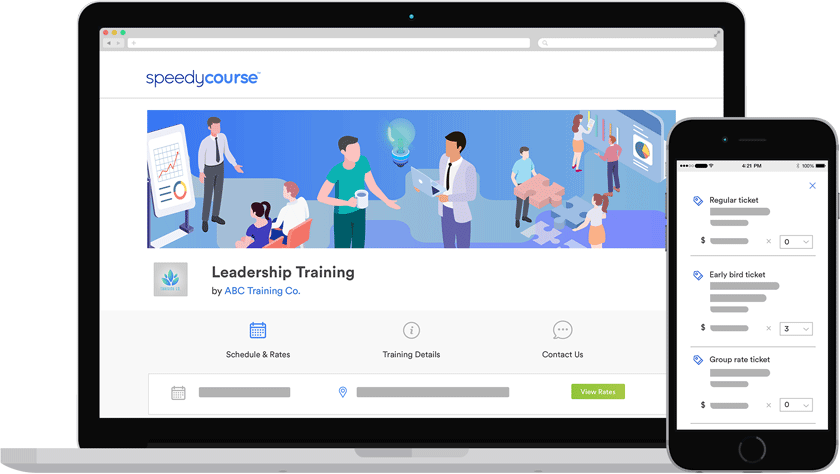We've noticed this is not your region.
Redirect me to my region
Redirect me to my region
Find your next skill
Connect with Training Providers
Do you want to know more about upcoming training schedules and fees? With the INQUIRE button, you can quickly connect to the providers of your choice.
List of Training Providers
Book Your Training Online

Different Payment Methods
You can pay via credit card, debit card, e-wallet, or even on-site!
Ticket & Text
Your e-ticket sent via email with SMS reminders for your course!
Provider Promos
Early bird and special rates with promo discount codes!

Learn online for FREE!
We collaborated with different Training Providers to provide FREE online courses for Learners!
Go to Free Courses
Are you a training provider? Contact us for a collaboration or to learn more.

Connect with 871 Training Providers from Philippines
See all PH Providers

Sign up as Training Provider
Top training providers from Philippines and around the world connect with thousands of learners on SpeedyCourse. We provide a powerful platform and various tools for selling your courses and reaching more learners online.

List your courses & events
List your upcoming on-site and online courses, seminars, workshops, and learning events for free

Accept online registration & payment
Accept online registrations and payments for your courses and events at low costs. No monthly or recurring fees.

Sell your pre-recorded online video courses
Upload and sell your pre-recorded video courses online all year-round.
Create a Free Learner Account
Sign up for free to send online inquiries to any provider and book online.
Join as a Training Provider for Free
- Home
- |
- About
- |
- Help
- |
- Terms & Conditions
- |
- Privacy Policy
- |
- Careers
- |
- Blog
- |
- Partners































